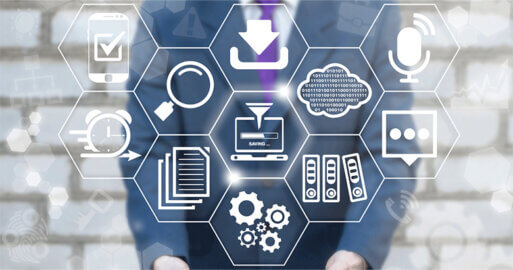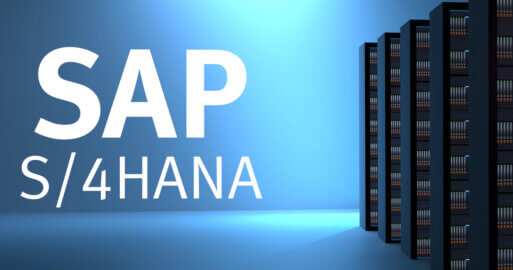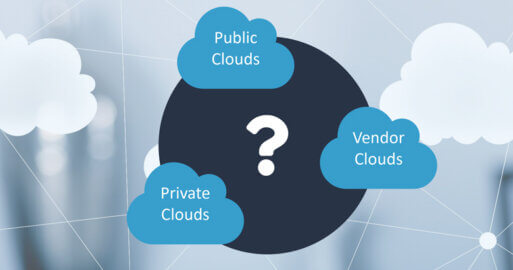The 5 Most Important Key Figures of the Purchase-to-Pay Process

+++ Update: New EU measures to combat late payments: insights and effects
On 12 September 2023, the European Commission presented a proposal to help significantly improve payment discipline in business transactions within the European Union¹.
The background to this is the high number of late payments, which is one of the main reasons for company insolvencies in the EU. The European Commission is planning to charge a fee of 50 euros for each reminder; invoices must be paid automatically within 30 days. Exceptions are not permitted.
The regulation initially only affects business relationships between companies, not between companies and end consumers. There are also plans to create new authorities in each EU member state to monitor compliance with the provisions.
Critical voices are pointing out the rigid 30-day deadline and the additional bureaucratic burden. In particular, sectors that traditionally grant longer payment terms or rely on flexible payment agreements, such as wholesale, the construction industry and textile wholesalers, could be affected by cash flow bottlenecks as a result of the new regulation.
The proposal is currently still in the discussion phase. Whether and how it will ultimately be implemented remains to be seen. SEEBURGER is following developments closely and will provide information on any changes or news, including how the SEEBURGER Invoice Portal and the Purchase-to-Pay solution for SAP users can help effectively master the new regulatory challenges.
+++
Purchase-to-pay processes and especially the processes in accounts payable are still largely handled in analogue form in many companies. Using five key figures, it is easy to demonstrate how automation of the purchase-to-pay process increases the efficiency of accounts payable and reduces costs. This makes it easy to convince your management to invest in the digitalization of your business processes.
Efficient accounts payable with automated purchase-to-pay processes
In some companies, accounts payable accounting is still firmly in analogue hands. The need to invest in the digitalization of processes does not seem to be as urgent as in other departments – the benefits that could be achieved through such modernization measures seem less obvious. However, the potential for savings is enormous and the opportunity for structured and efficient processes deserves closer examination.
The following five key figures will provide an overview of the costs and efficiency of your accounts payable and provide you with valuable suggestions for optimizing your purchase-to-pay processes:
Key figure 1 – Costs per Invoice
Do you know the costs incurred for manually entering and processing a single invoice? Consider, for example, the time it takes to process the following steps alone:
- Input of the invoice into a computer system
- Comparison of the invoice with the order conditions
- Verification of the incoming goods
- Single or collective invoice: How often must the same invoice be handled?
- Domestic or foreign invoice: Which payment modalities must be considered?
Various studies and benchmark reports on the processing of incoming invoices calculate costs per invoice of 10 to 40 euros for a manual, paper-based process. By switching to an electronic purchase-to-pay process and a high degree of automation for incoming invoice processing, these costs can be significantly reduced.
The savings potential by automating the processing of incoming invoices is on average between 50 and 90 percent. Best-in-class companies even reduce costs to well under four euros.
The use of electronic incoming invoice channels (EDI, ZUGFeRD, XRechnung, e-mail PDF) and workflow-controlled incoming invoice processing with, for example, a purchase-to-pay solution has proven to be particularly efficient. Even with a small number of incoming invoices, operating costs can be significantly reduced by using cloud solutions.
Key figure 2 – Processing Time
The processing time is the time span between receipt of the invoice and the final transaction. In this period, the invoice data is entered and validated, as well as release and clarification processes being executed. These processes can take a lot of time if, for example, documents linked to the overall transaction such as orders, delivery notes, down payments, etc., have to be painstakingly tracked down in the filing jungle and assigned manually. By automating the incoming invoice process, several days of processing time can be saved in many cases.

The integrated workflow processes of digital incoming invoice solutions accelerate the interdisciplinary release and clarification process. The SEEBURGER Invoice Portal or the SAP Purchase-to-Pay solution also has a sophisticated escalation management system that drastically decreases the number of overdue tasks.
Paper-based processing of incoming invoices requires an average processing time of five to ten days. If the proportion of genuine electronic invoices (EDI, XML, ZUGFeRD) in accounts payable exceeds 75%, a processing time of less than three days can be achieved with a high degree of automation.
Key figure 3 – Cash Discount / Interest on Arrears
Another advantage of shortened processing times and digital workflows is the optimal use of discounts. SEEBURGER solutions proactively alert users to impending cash discount losses and due dates. The faster processing of incoming invoices also avoids the interest on arrears that often arises for overdue invoices. How high would your savings potential be if you were to consistently deduct discounts and avoid interest on arrears?
Key figure 4 – Number of Processed Incoming Invoices per Employee
The more optimized the incoming invoice process, the higher the number of invoices that an individual employee can process in a defined period of time. Purchase-to-pay solutions for electronic incoming invoice processing not only increases the efficiency of your employees many times over, but also helps you to reduce the number of errors and costs. An additional positive outcome is the increase in employee satisfaction. Routine tasks such as manual invoice entry are eliminated. More time is gained for value-adding activities.
Learn how you can use SEEBURGER SAP Add-Ons for optimized workflow management in this blog post.
If you combine the first four key figures in a cost-benefit calculation, you get:
Key figure 5 – Return on Investment (RoI)
The RoI ratio describes the point in time from which the investment costs are covered by the saved expenses, efficiency increases and the benefits achieved whilst your investment becomes profitable. The key figures 1 – 4 significantly shorten the time at which this point is reached. In the following we have summarised examples of the costs that can be incurred for the digitalisation of incoming invoice processing and the benefits of this investment:
Costs:
Initial Costs:
- Initial connection to a cloud system and implementation costs (external expert services)
- Possible additional personnel costs for recruiting own IT specialists
- Process modification expenses
- Training: Administrator(s), User(s)
- Expenditure for documentation of the procedure
- Introduction of an electronic archive
- Investments in software and hardware
Ongoing Costs:
- Software updates and support costs
- Retraining
- Possible provider fees
Benefits:
Quantitative Benefits
- Saving of material and postage through digital processes
- Reduction of space required for archiving (digital instead of paper folders)
- Process cost savings
- Higher liquidity due to earlier receipt of payment with more efficient processes
- Lower capital commitment
- Savings through use of discounts and avoidance of interest on arrears
- Avoiding the collection of fees for paper invoices
Qualitative Benefits
- Increased process quality and transparency
- Optimized and flexible cash management
- Improving compliance
- Image and position improvement in the market
With SEEBURGER solutions, the RoI can be realised after only a few months.
If you would like to know how we calculate the key metrics and which average values / best-in-class benchmarks you can measure yourself against, then please do not hesitate to contact us. With our experience from many hundreds of projects, we will be happy to advise you on how to design your purchase-to-pay process according to best industry practices. Let the SEEBURGER Purchase-to-Pay or Invoice Portal solution convince you with a Proof of Concept (POC).
¹ https://www.bundesrat.de/SharedDocs/drucksachen/2023/0401-0500/450-23.pdf?__blob=publicationFile&v=1
Thank you for your message
We appreciate your interest in SEEBURGER
Get in contact with us:
Please enter details about your project in the message section so we can direct your inquiry to the right consultant.
Written by: Peter Fels
Peter Fels is Product Manager D-A-CH (Germany, Austria, Swiss) at SEEBURGER for the automated processing of incoming invoices for all non-SAP systems. Mr. Fels has many years of experience regarding the conversion from paper to the electronic invoicing processes.





